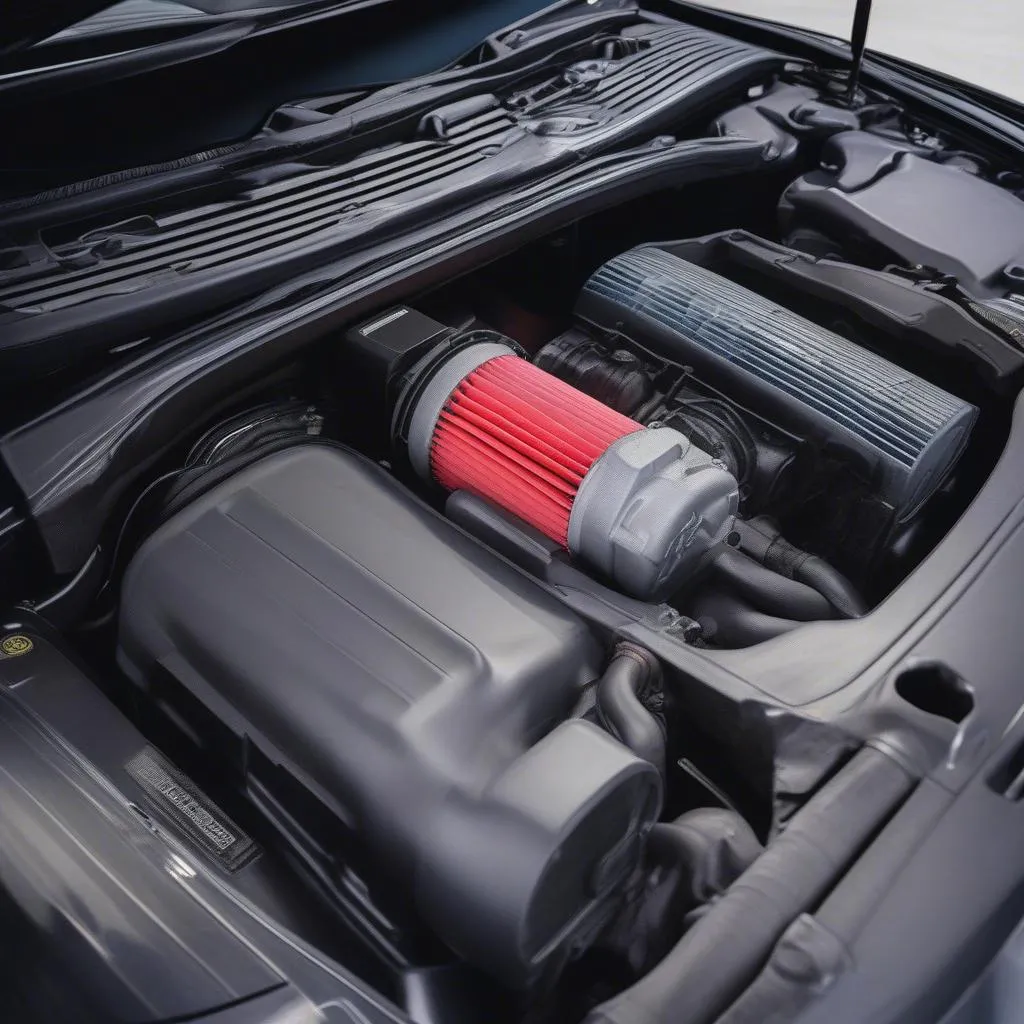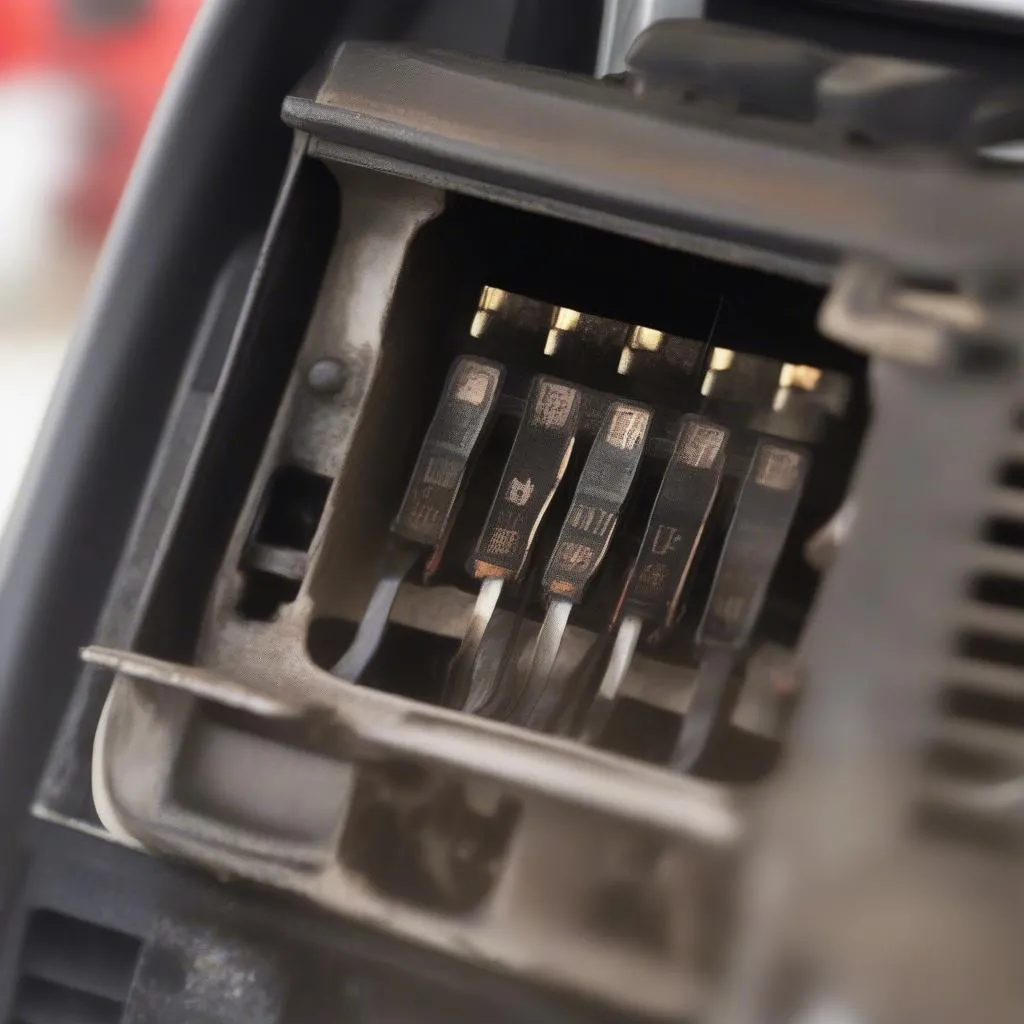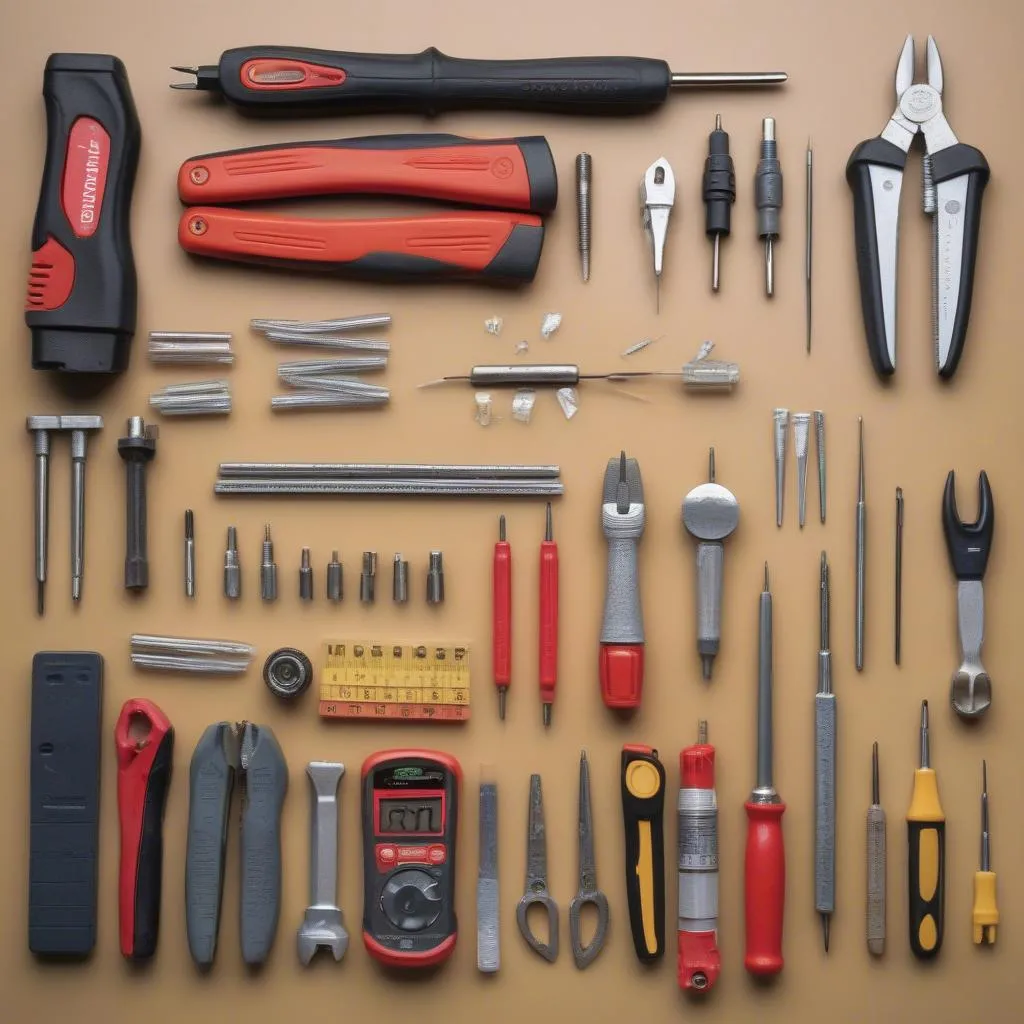A malfunctioning blower fan in your Mercedes S320 can turn your luxurious drive into an uncomfortable experience. Whether it’s a weak airflow, strange noises, or a complete blower motor failure, addressing the issue quickly is crucial for a pleasant driving experience.
This comprehensive guide will walk you through the common causes of Mercedes S320 blower fan problems, how to diagnose them, and the steps to get your fan working correctly again.
Common Causes of Blower Fan Issues
Before diving into the fixes, it’s important to understand what might be causing your Mercedes S320 blower fan problems. Here are the usual suspects:
- Faulty Blower Motor Resistor: This component is responsible for controlling the fan speed. If it fails, you might experience limited speed options or no airflow at all.
- Blown Fuse: A blown fuse in the blower motor circuit is a common culprit, often caused by an electrical overload.
- Malfunctioning Blower Motor: Wear and tear, electrical issues, or moisture damage can lead to a malfunctioning blower motor, resulting in reduced or no airflow.
- Damaged Wiring or Connections: Loose or corroded wiring and connections within the blower motor circuit can disrupt the flow of electricity and cause problems.
- Faulty Blower Motor Control Unit: In some cases, a faulty control unit might be sending incorrect signals to the blower motor, leading to inconsistent performance.
 blower motor location
blower motor location
Diagnosing the Problem
Accurately identifying the root cause is crucial for an effective fix. Here’s a step-by-step approach:
- Check the Fuse: Locate the blower motor fuse in your S320’s fuse box (usually located in the dashboard or engine bay). Consult your owner’s manual for the exact location. Inspect the fuse for any signs of burning or breakage. If found faulty, replace it with a new one of the same amperage.
- Listen for Unusual Noises: Turn on your blower fan and listen carefully for any unusual noises, such as grinding, clicking, or whining. These sounds can indicate a failing blower motor.
- Test the Blower Motor: If you suspect the motor itself is faulty, you can test it directly by applying power to it. However, this step requires some electrical knowledge and is best performed by a qualified technician.
- Inspect Wiring and Connections: Carefully examine the wiring and connections in the blower motor circuit for any signs of damage, corrosion, or looseness.
 blown fuse
blown fuse
Gathering the Right Tools and Materials
Before starting any repair, it’s essential to gather the necessary tools and materials:
- New blower motor (if needed)
- New blower motor resistor (if needed)
- Replacement fuses
- Screwdrivers (various sizes)
- Socket set
- Electrical tape
- Multimeter (optional but recommended)
 car tools
car tools
Repairing the Mercedes S320 Blower Fan
Important: If you’re uncomfortable working with electrical components or are unsure about any step, it’s always best to consult a qualified mechanic.
Replacing the Blower Motor Resistor
- Disconnect the negative battery cable.
- Locate the blower motor resistor. It is usually located near the blower motor itself, often behind the glove box or under the dashboard.
- Disconnect the electrical connector from the resistor.
- Remove the screws securing the resistor and carefully take it out.
- Install the new resistor in reverse order, ensuring a secure fit.
- Reconnect the electrical connector and the negative battery cable.
Replacing the Blower Motor
- Disconnect the negative battery cable.
- Locate the blower motor. It is usually located in the HVAC housing, either under the dashboard or behind the glove box.
- Disconnect the electrical connector and any hoses or ducts connected to the blower motor.
- Remove the screws securing the blower motor and carefully extract it.
- Install the new blower motor in reverse order, making sure all connections are secure and properly aligned.
- Reconnect the electrical connector, hoses, and ducts.
- Reconnect the negative battery cable.
Note: Accessing the blower motor can vary depending on the year and model of your S320. Consulting a repair manual specific to your vehicle can provide valuable guidance.
Frequently Asked Questions
Q: Can a faulty blower motor resistor cause my fan to only work on high speed?
A: Yes, a common symptom of a failing blower motor resistor is that the blower fan might only work on its highest setting. This happens because the resistor is responsible for controlling the different fan speeds, and when it fails, it can no longer provide resistance to lower the voltage going to the motor.
Q: My blower fan is making a high-pitched whining noise. What could be causing this?
A: A high-pitched whining noise from your blower fan is often a sign of worn-out bearings in the motor itself. As the bearings wear down, they create friction and noise, especially noticeable when the fan is running. In such cases, replacing the blower motor is usually the best solution.
Q: I’ve checked the fuses, and they seem fine. What else could be causing my blower fan not to work?
A: If your blower fan fuses are intact, other possible culprits include a faulty blower motor relay, a malfunctioning blower motor control module, or issues with the wiring or connections within the blower motor circuit. Using a diagnostic tool like those offered by CARDIAGTECH can help pinpoint the exact location of the electrical fault.
Conclusion
Addressing Mercedes S320 blower fan problems promptly ensures a comfortable cabin environment and prevents potential further damage to your vehicle’s electrical system. By following the steps outlined in this guide, you can diagnose and potentially fix the issue yourself. Remember, safety should always be a priority. If you are unsure about any aspect of the repair process, seeking professional help from a qualified mechanic is always the safest approach.

